
Chandni Chowk: The Heartbeat of Old Delhi
Discover the vibrant chaos of Chandni Chowk in Delhi, where history, culture, and commerce collide to offer an unforgettable sensory experience.
Stepping into Chandni Chowk is like stepping into a vibrant tapestry of history, culture, and commerce. Established in the 17th century by the Mughal Emperor Shah Jahan, this bustling market area is one of Delhi's oldest and most iconic neighborhoods. The name Chandni Chowk translates to 'Moonlit Square,' and it was once known for a beautiful canal that reflected the moonlight. Chandni Chowk is a sensory overload in the best possible way. The narrow lanes are filled with a cacophony of sounds, the aroma of street food, and the sight of colorful shops selling everything from spices and jewelry to saris and electronics. Each corner of this neighborhood tells a story, whether it's the historic Jama Masjid, the Red Fort, or the many small temples, mosques, and gurudwaras that coexist harmoniously. Food lovers will find paradise in Chandni Chowk. The area is renowned for its street food, offering a plethora of options like parathas, chaat, jalebis, and kebabs. Many of these food stalls have been serving their delectable dishes for generations. Beyond the food, the market is a shopper's delight with its extensive range of goods. Whether you're looking for traditional Indian clothes, intricate jewelry, or unique souvenirs, Chandni Chowk has it all. Visiting Chandni Chowk is not just about seeing a place; it's about experiencing the life and soul of Delhi. It's a place where the past and present blend seamlessly, offering a unique glimpse into the cultural fabric of India.
Local tips in Chandni Chowk
- Wear comfortable shoes; the lanes are narrow and often crowded.
- Keep cash handy as many small vendors do not accept credit or debit cards.
- Bargaining is a common practice in the market, so don't hesitate to negotiate prices.
- Visit early in the day to avoid the peak crowd hours and enjoy a more relaxed experience.
- Be mindful of your belongings; the area can get very crowded.
Chandni Chowk: The Heartbeat of Old Delhi
Stepping into Chandni Chowk is like stepping into a vibrant tapestry of history, culture, and commerce. Established in the 17th century by the Mughal Emperor Shah Jahan, this bustling market area is one of Delhi's oldest and most iconic neighborhoods. The name Chandni Chowk translates to 'Moonlit Square,' and it was once known for a beautiful canal that reflected the moonlight. Chandni Chowk is a sensory overload in the best possible way. The narrow lanes are filled with a cacophony of sounds, the aroma of street food, and the sight of colorful shops selling everything from spices and jewelry to saris and electronics. Each corner of this neighborhood tells a story, whether it's the historic Jama Masjid, the Red Fort, or the many small temples, mosques, and gurudwaras that coexist harmoniously. Food lovers will find paradise in Chandni Chowk. The area is renowned for its street food, offering a plethora of options like parathas, chaat, jalebis, and kebabs. Many of these food stalls have been serving their delectable dishes for generations. Beyond the food, the market is a shopper's delight with its extensive range of goods. Whether you're looking for traditional Indian clothes, intricate jewelry, or unique souvenirs, Chandni Chowk has it all. Visiting Chandni Chowk is not just about seeing a place; it's about experiencing the life and soul of Delhi. It's a place where the past and present blend seamlessly, offering a unique glimpse into the cultural fabric of India.
Iconic landmarks you can’t miss
Chandni Chowk Market
Explore the bustling lanes of Chandni Chowk Market, a historical gem in Delhi filled with vibrant shops, delicious street food, and cultural landmarks.
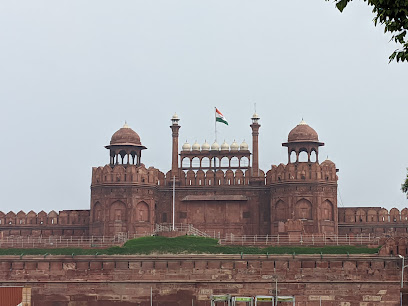
Haveli Mirza Ghalib
Discover the enchanting Haveli Mirza Ghalib, a historical site celebrating the legacy of India's most beloved poet in the heart of Delhi.
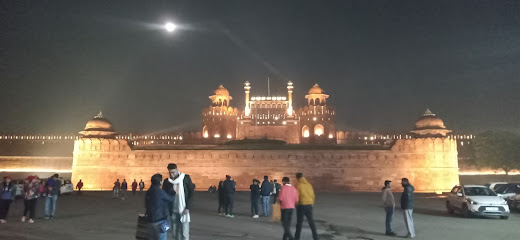
Razia Sultan Tomb
Explore the Razia Sultan Tomb, a historical landmark in New Delhi, showcasing the legacy of India's first female monarch amidst stunning architecture and gardens.
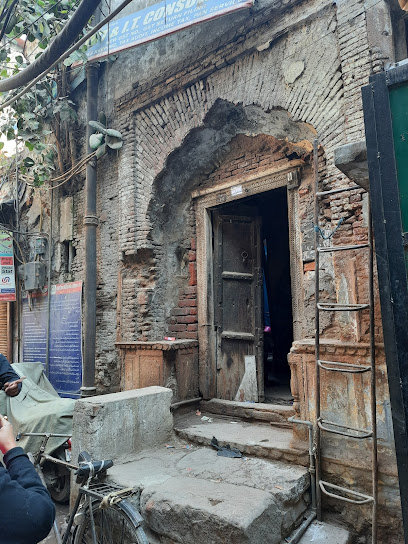
Mumtaz Mahal
Explore the enchanting Mumtaz Mahal, a stunning historical landmark in Old Delhi, showcasing Mughal architecture and rich heritage.
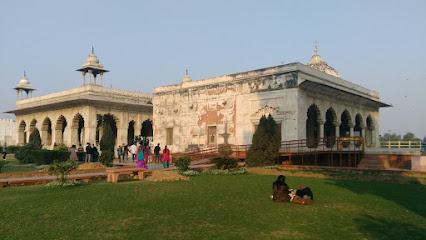
Ghantaghar Chandni Chowk
Discover the historical essence of Ghantaghar Chandni Chowk, a captivating clock tower in the heart of Delhi's bustling market.
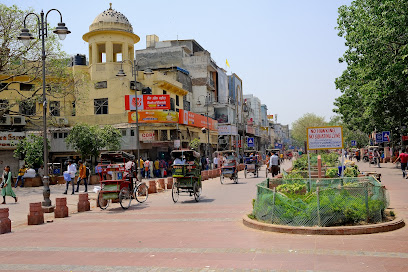
Rang Mahal
Explore the stunning Rang Mahal, a historical palace in Old Delhi, showcasing the rich Mughal heritage through its exquisite architecture and serene gardens.
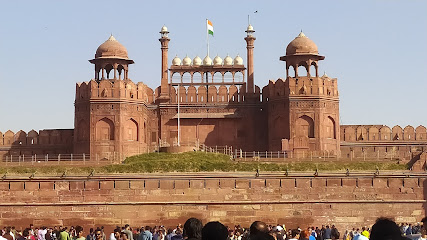
Khas Mahal
Discover the exquisite beauty and rich history of Khas Mahal, a mesmerizing highlight of New Delhi's Red Fort.
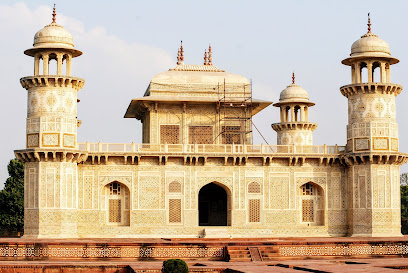
Shah Burj
Explore the Shah Burj, a magnificent Mughal architectural masterpiece in New Delhi, offering stunning views and rich historical significance.
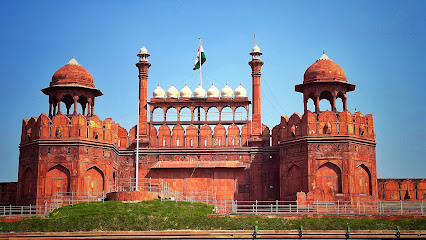
Charti Lal Goel Heritage Park
Explore Charti Lal Goel Heritage Park, a serene oasis in New Delhi, perfect for relaxation and cultural immersion amidst lush greenery.
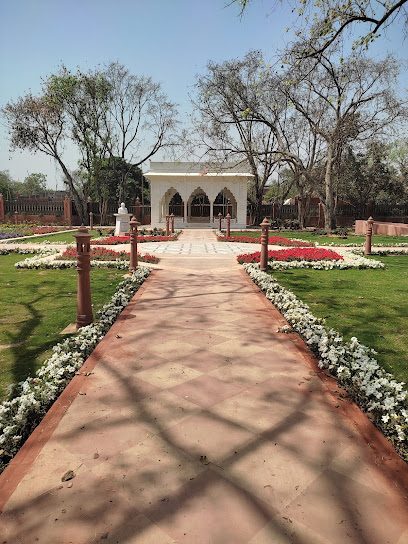
Chandni Chowk View Point
Explore the bustling heart of Delhi at Chandni Chowk View Point, where vibrant markets meet majestic historical landmarks.
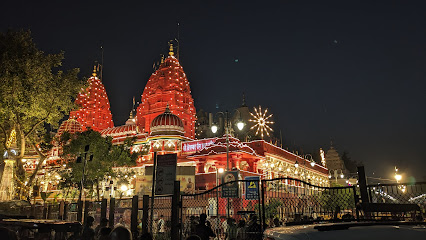
Unmissable attractions to see
Red Fort
Discover the grandeur of the Red Fort, a UNESCO World Heritage Site in New Delhi, showcasing Mughal architecture and rich Indian history.
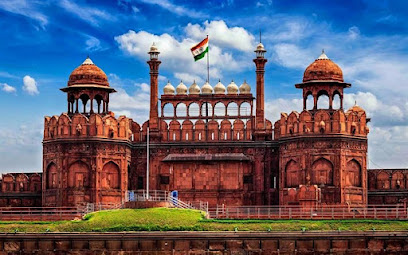
Jama Masjid
Explore the architectural grandeur and spiritual essence of Jama Masjid, one of India's largest mosques in the heart of Old Delhi.
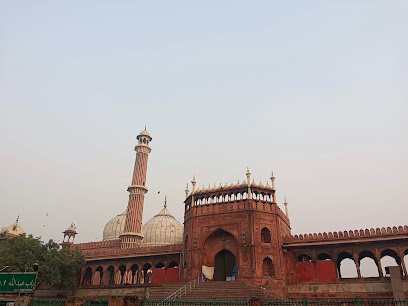
Chandni Chowk Market
Explore the vibrant Chandni Chowk Market in Delhi, a historic hub filled with shopping, street food, and cultural delights that captivate every traveler.
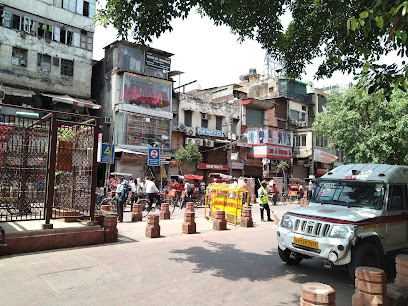
Diwan-i-Khas
Discover the exquisite Diwan-i-Khas, a hallmark of Mughal architecture and a significant heritage site in the heart of Delhi's historic Red Fort.

Mumtaz Mahal
Explore the timeless beauty and historical significance of Mumtaz Mahal, a captivating jewel of Mughal architecture in Delhi, India.
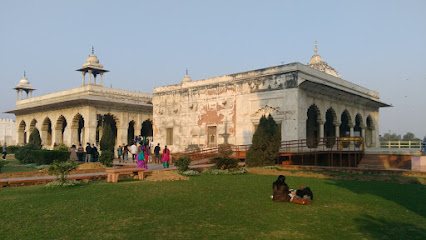
Rang Mahal
Discover the rich history and stunning architecture of Rang Mahal, the vibrant Palace of Colors in Old Delhi's iconic Red Fort.
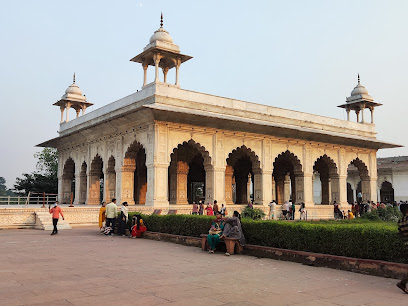
Khas Mahal
Discover the Mughal architectural masterpiece of Khas Mahal in Delhi, where history meets exquisite artistry in the heart of Lal Qila.
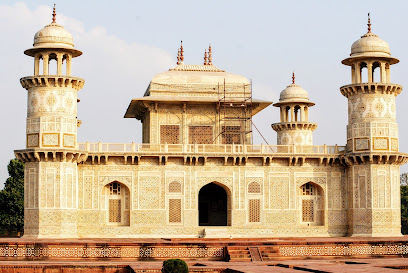
Shah Burj
Explore the grandeur of Shah Burj, a stunning Mughal watchtower in New Delhi's Red Fort, showcasing intricate architecture and rich history.
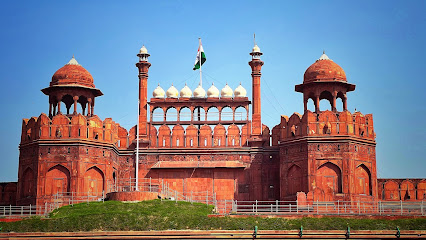
Zafar Mahal, Delhi
Discover the enchanting Zafar Mahal in Old Delhi, a historical landmark showcasing Mughal architecture and cultural heritage.

Charti Lal Goel Heritage Park
Discover tranquility at Charti Lal Goel Heritage Park, a serene oasis in the bustling heart of New Delhi, perfect for relaxation and cultural exploration.
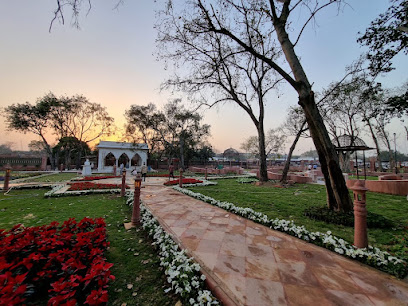
Essential places to dine
Haldiram's - Chandni Chowk
Explore the rich flavors of India at Haldiram's Chandni Chowk - a vegetarian haven in Old Delhi known for its delightful dishes and desserts.

Al Jawahar Restaurant
Experience authentic Mughlai cuisine at Al Jawahar Restaurant in New Delhi – where every dish tells a story.

Kake Di Hatti
Discover authentic Punjabi flavors at Kake Di Hatti in Chandni Chowk – where tradition meets taste in every bite.
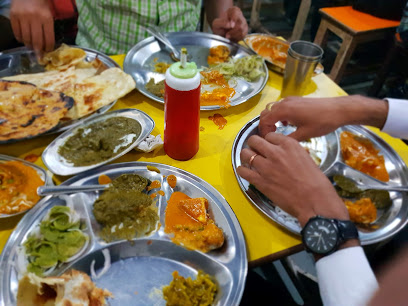
PT. Gaya Prashad Shiv Charan
Discover authentic North Indian vegetarian cuisine at PT. Gaya Prashad Shiv Charan in Chandni Chowk, where every bite tells a story.
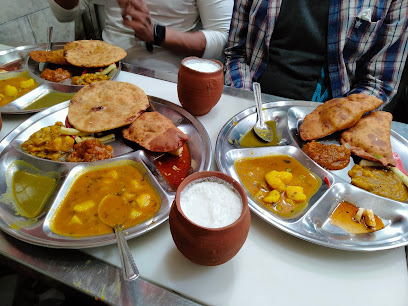
HOTEL MAAIDAH ( CHANGEZI CHICKEN)
Experience the rich flavors of Indian cuisine at Hotel Maidah, home to the famous Changezi Chicken and more delightful Mughlai dishes.
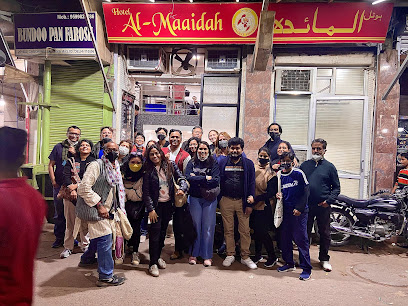
Wah Ji Wah
Experience the vibrant flavors of India at Wah Ji Wah in Old Delhi—where tradition meets taste in every dish.

Smile Darbar A Family Restaurant
Experience authentic Indian flavors at Smile Darbar, where family dining meets delightful Mughlai cuisine in the heart of Delhi.
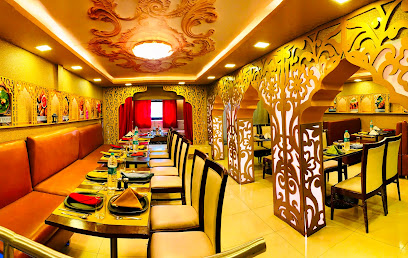
Lakhori
Experience authentic Mughlai cuisine at Lakhori in Old Delhi – where tradition meets taste in a historic setting.
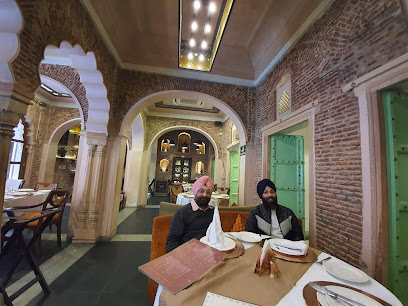
Kitchen tales
Experience authentic North Indian vegetarian cuisine at Kitchen Tales in Chandni Chowk - a flavorful journey awaits every food lover!
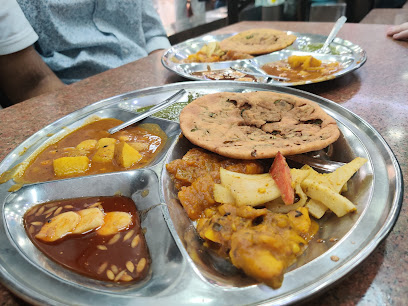
Milan Rasoi - Best Restaurant in Delhi
Savor authentic Chinese cuisine at Milan Rasoi near Jama Masjid - a delightful stop for food lovers in Delhi.
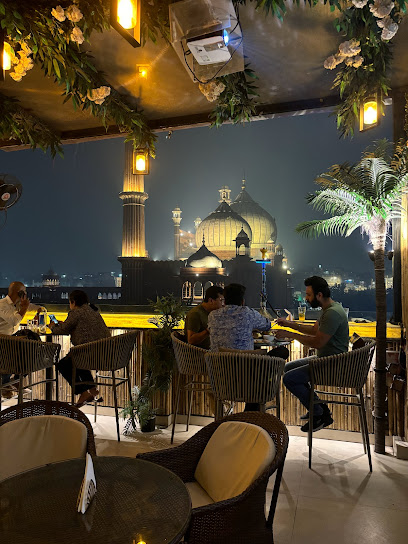
Markets, malls and hidden boutiques
Keshav Creations - Best Bridal lehenga and Saree Store
Discover the elegance of traditional and contemporary bridal wear at Keshav Creations, your premier bridal shop in Chandni Chowk, Delhi.
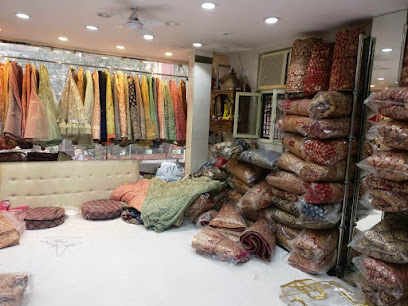
Kanchan Fashion - Clothing & Bridal Store
Discover the enchanting world of bridal fashion at Kanchan Fashion, where tradition meets elegance in the heart of New Delhi.
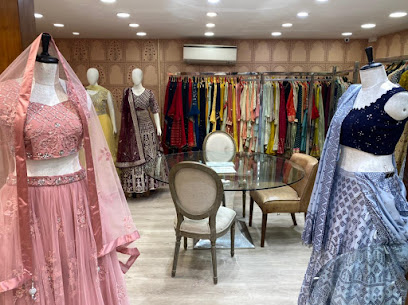
Om Parkash Jawahar Lal
Discover the charm of traditional and contemporary clothing at Om Parkash Jawahar Lal in Chandni Chowk, New Delhi's vibrant shopping hub.
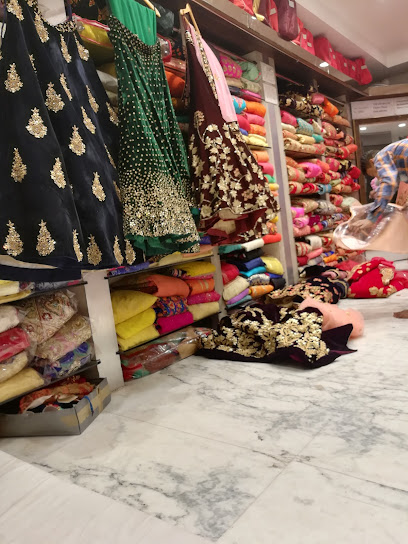
Lehenga House - Bridal Lehenga Store in Delhi
Explore Lehenga House in Delhi for exquisite bridal lehengas that blend tradition and modern elegance, perfect for your special day.
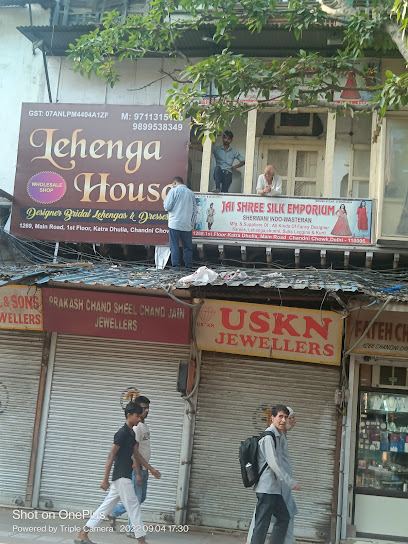
Maharani Collections
Explore the vibrant fashion scene at Maharani Collections in Chandni Chowk, Delhi, where tradition meets contemporary style.

MéLANgE-Unique Gift Collection
Explore MéLANgE-Unique Gift Collection in Chandni Chowk for authentic souvenirs and exquisite handicrafts, a true reflection of India's vibrant culture.
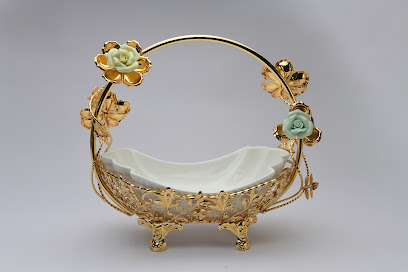
Queens By Aakarshan BTQ
Discover the elegance of bridal fashion at Queens By Aakarshan BTQ, where dreams meet exquisite designs in the heart of Chandni Chowk.
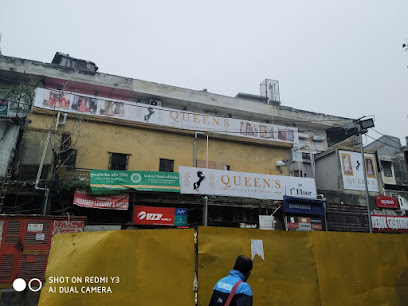
Unique attar world - Perfume Store
Explore the enchanting fragrances of India at Unique Attar World, the premier destination for exquisite attars in Delhi's historic Chandni Chowk.
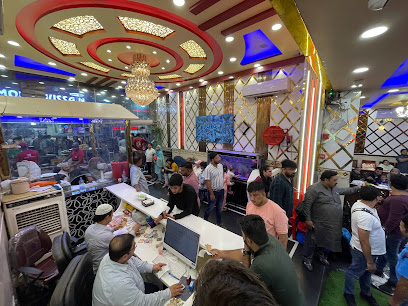
Novelty Emporium
Explore the colorful and diverse fashion at Novelty Emporium in New Delhi's historic Chandni Chowk, a treasure trove for clothing enthusiasts.
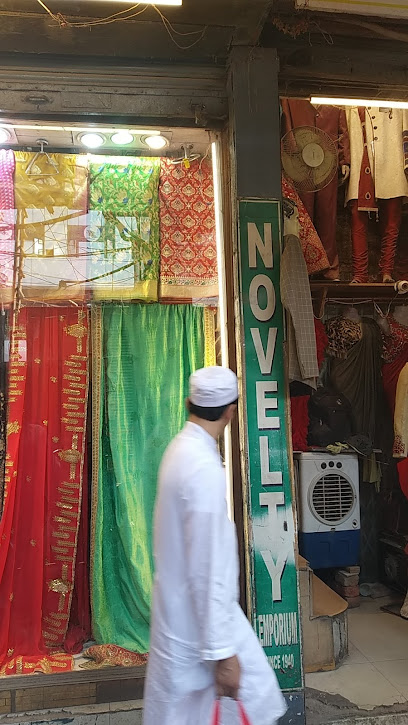
Novelty Creation - Chandni Chowk
Explore the essence of Indian fashion at Novelty Creation in Chandni Chowk, where vibrant styles and rich traditions come together.
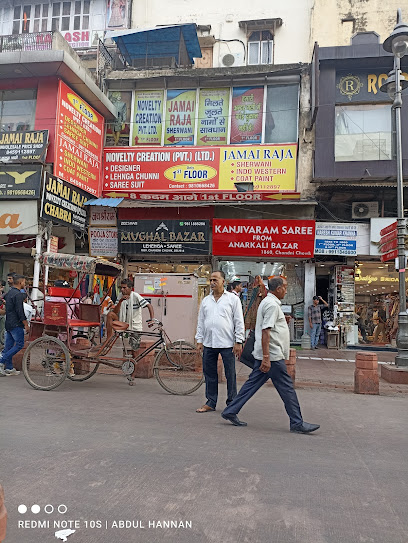
Essential bars & hidden hideouts
Haldiram's - Chandni Chowk
Explore the flavors of India at Haldiram's in Chandni Chowk, where authentic vegetarian dishes and delightful desserts await your palate.
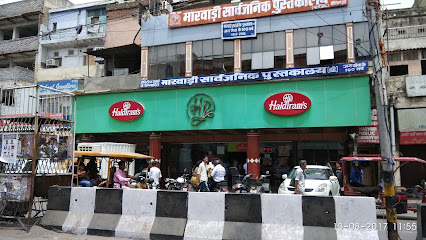
My Bar Square
Discover the vibrant flavors and lively atmosphere at My Bar Square in Connaught Place, New Delhi, where delicious food and drinks await.

Al Gulzar Restaurant
Discover the essence of Mughlai cuisine at Al Gulzar Restaurant in Chandni Chowk, New Delhi, where every dish tells a story of tradition and taste.

Paranthe Wali Gali
Discover the iconic Paranthe Wali Gali, where every bite of stuffed parathas tells a story of Delhi's rich culinary heritage.
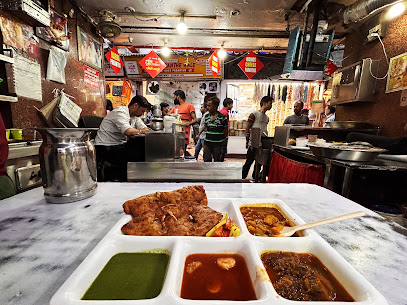
Red Resto Bar
Discover the vibrant nightlife of New Delhi at Red Resto Bar, where delicious drinks and a lively atmosphere await.
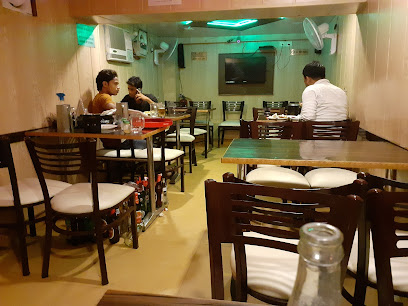
Lakhori
Experience the rich flavors of Mughlai cuisine at Lakhori, a hidden gem in the heart of Old Delhi, where tradition meets taste.
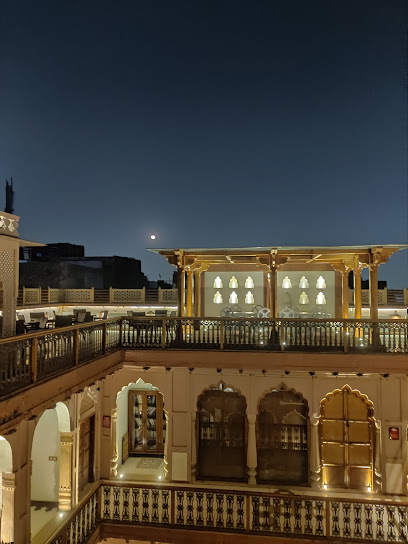
Appreciate
Discover Appreciate Bar in New Delhi: A lively destination for cocktails, snacks, and vibrant nightlife in the heart of the city.
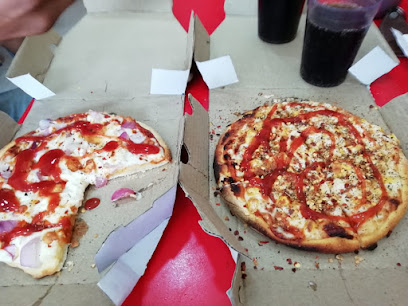
BENCH & BAR CLUB
Experience the vibrant nightlife at Bench & Bar Club in Old Delhi, where traditional charm meets modern bar culture.

Ansari sahab
Discover the cozy ambiance and delightful flavors at Ansari Sahab, a lounge in Old Delhi that captures the essence of local culture and cuisine.
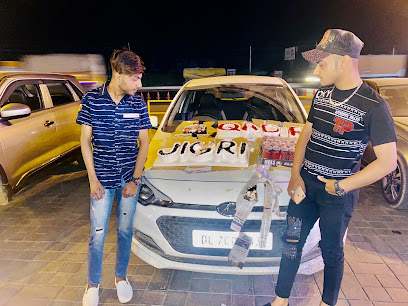
Revel : Lounge, Cafe and Bar
Experience a vibrant blend of culture and cuisine at Revel, Delhi's premier lounge, cafe, and bar nestled in the heart of Chandni Chowk.

Local Phrases
-
- Helloनमस्ते
[Namaste] - Goodbyeअलविदा
[Alvida] - Yesहां
[Haan] - Noनहीं
[Nahi] - Please/You're welcomeकृपया/आपका स्वागत है
[Kripya/Aapka swagat hai] - Thank youधन्यवाद
[Dhanyavaad] - Excuse me/Sorryक्षमा करें/माफ़ कीजिए
[Kshama karein/Maaf kijiye] - How are you?आपका हाल कैसा है?
[Aapka haal kaisa hai?] - Fine. And you?ठीक हूँ। आप?
[Theek hoon. Aap?] - Do you speak English?क्या आप अंग्रेज़ी बोलते हैं?
[Kya aap angrezi bolte hain?] - I don't understandमुझे समझ में नहीं आया
[Mujhe samajh mein nahi aaya]
- Helloनमस्ते
-
- I'd like to see the menu, pleaseकृपया मेनू देखना चाहूँ
[Kripya menu dekhna chahoon] - I don't eat meatमैं मांस नहीं खाता
[Main maans nahi khaata] - Cheers!चियर्स!
[Cheers!] - I would like to pay, pleaseकृपया मैं भुगतान करना चाहूँ
[Kripya main bhugtan karna chahoon]
- I'd like to see the menu, pleaseकृपया मेनू देखना चाहूँ
-
- Help!बचाओ!
[Bachao!] - Go away!चले जाओ!
[Chale jao!] - Call the Police!पुलिस को बुलाओ!
[Police ko bulao!] - Call a doctor!डॉक्टर को बुलाओ!
[Doctor ko bulao!] - I'm lostमैं खो गया हूँ
[Main kho gaya hoon] - I'm illमुझे बीमारी है
[Mujhe bimari hai]
- Help!बचाओ!
-
- I'd like to buy...मैं खरीदना चाहूँ...
[Main khareedna chahoon...] - I'm just lookingमैं सिर्फ देख रहा हूँ
[Main sirf dekh raha hoon] - How much is it?यह कितने का है?
[Yeh kitne ka hai?] - That's too expensiveयह बहुत महंगा है
[Yeh bahut mehnga hai] - Can you lower the price?क्या आप कीमत कम कर सकते हैं?
[Kya aap kimat kam kar sakte hain?]
- I'd like to buy...मैं खरीदना चाहूँ...
-
- What time is it?अभी कितने बजे हैं?
[Abhi kitne baje hain?] - It's one o'clockएक बजे हैं
[Ek baje hain] - Half past (10)दस बजे तक
[Das baje tak] - Morningसुबह
[Subah] - Afternoonदोपहर
[Dopahar] - Eveningशाम
[Shaam] - Yesterdayकल
[Kal] - Todayआज
[Aaj] - Tomorrowकल
[Kal] - 1एक
[Ek] - 2दो
[Do] - 3तीन
[Teen] - 4चार
[Char] - 5पाँच
[Paanch] - 6छह
[Chhah] - 7सात
[Saath] - 8आठ
[Aath] - 9नौ
[Nau] - 10दस
[Das]
- What time is it?अभी कितने बजे हैं?
-
- Where's a/the...?...कहाँ है?
[...Kahan hai?] - What's the address?पता क्या है?
[Pata kya hai?] - Can you show me (on the map)?क्या आप मुझे दिखा सकते हैं (नक्शे पर)?
[Kya aap mujhe dikhha sakte hain (naksha par)?] - When's the next (bus)?अगली (बस) कब है?
[Agli (bus) kab hai?] - A ticket (to ....)एक टिकट (को...)
[Ek ticket (ko...)]
- Where's a/the...?...कहाँ है?
History of Chandni Chowk
-
Chandni Chowk was established in the 17th century by Mughal Emperor Shah Jahan as the main market area of Shahjahanabad, the new capital of the Mughal Empire. The name 'Chandni Chowk' translates to 'Moonlight Square,' referring to the moonlit reflections on the canal that once flowed through the market. This area quickly became a vibrant hub for trade and commerce, attracting merchants and artisans from all over the empire.
-
Throughout the 18th and 19th centuries, Chandni Chowk evolved into a cultural melting pot, reflecting the diverse communities that settled in Delhi. It was not only a commercial hub but also a center for various religious and cultural practices, including Hinduism, Islam, and Sikhism. The area is home to several historical places of worship, such as the Gurdwara Sis Ganj Sahib and the Jain Mandir, underscoring its multicultural heritage.
-
During the 1857 uprising, also known as the First War of Independence, Chandni Chowk played a significant role. The area witnessed fierce fighting between the British forces and Indian rebels. Key events unfolded here, leading to the eventual downfall of the Mughal Empire. The market's strategic location and its bustling streets became the backdrop for revolutionary activities and a symbol of resistance against colonial rule.
-
The Partition of India in 1947 had a profound impact on Chandni Chowk, leading to significant demographic changes and communal tensions. Many residents fled to Pakistan, while refugees from the newly formed Pakistan settled in the area. The transformation of Chandni Chowk during this tumultuous period is reflected in its diverse population and the fusion of cultures that continues to thrive in the neighborhood today.
-
Today, Chandni Chowk is a bustling marketplace known for its vibrant street food, traditional shops, and historical sites. The area has become a popular tourist destination, attracting visitors eager to experience its rich history, architecture, and culture. Efforts have been made to preserve its heritage while embracing modernization, making it an essential part of Delhi's identity in the 21st century.
Chandni Chowk Essentials
-
Chandni Chowk is well-connected by public transport. The nearest metro station is Chandni Chowk on the Yellow Line, which connects to key areas like Connaught Place and Kashmere Gate. You can also reach Chandni Chowk by taking a bus from various parts of Delhi, with multiple routes serving the area. Auto-rickshaws and taxis are widely available, and you can use ride-hailing apps like Uber and Ola for convenience.
-
Chandni Chowk is best explored on foot due to its narrow lanes and bustling markets. Rickshaws are also available for short distances. The Delhi Metro is a reliable option for accessing nearby areas, while bicycle rickshaws can add a local touch to your travel experience. However, be prepared for crowds, especially during peak hours.
-
Chandni Chowk is generally safe for tourists, but like any crowded market area, it's wise to keep an eye on your belongings. Areas with higher crime rates include less populated alleyways and the outskirts of Chandni Chowk after dark. Avoid displaying valuables and be cautious when interacting with strangers. It's always advisable to travel in groups if possible.
-
In case of an emergency, dial 112 for police, fire, or medical services. The nearest hospitals include Sir Ganga Ram Hospital and Lok Nayak Jay Prakash Hospital. Ensure you have travel insurance that covers medical emergencies, and familiarize yourself with the locations of nearby hospitals upon your arrival.
-
Fashion: Do dress comfortably but modestly, especially when visiting religious sites. Avoid overly revealing attire. Religion: Do respect local customs; remove shoes when entering temples and mosques. Public Transport: Do let elderly and disabled passengers sit first. Don't eat or drink on public transport. Greetings: Do greet people with a warm smile and a nod. Eating & Drinking: Do try local street food, but ensure it’s from reputable vendors. Don't drink tap water; opt for bottled water instead.
-
To experience Chandni Chowk like a local, visit the historical havelis and temples scattered throughout the area. Explore the street food scene by trying parathas at Paranthe Wali Gali or chaat from local vendors. Visit the bustling markets early in the day to avoid crowds and take photographs of the stunning architecture. Engage with shopkeepers and ask about the history of their goods, as many have fascinating stories.
Nearby Cities to Chandni Chowk
-
Things To Do in Agra
-
Things To Do in Rishikesh
-
Things To Do in Jaipur
-
Things To Do in Shimla
-
Things To Do in Gwalior
-
Things To Do in Ranthambore
-
Things To Do in Pushkar
-
Things To Do in Kanpur
-
Things To Do in Manali
-
Things To Do in Amritsar
-
Things To Do in Lucknow
-
Things To Do in Lahore
-
Things To Do in Gujranwala
-
Things To Do in Jodhpur
-
Things To Do in Sialkot












